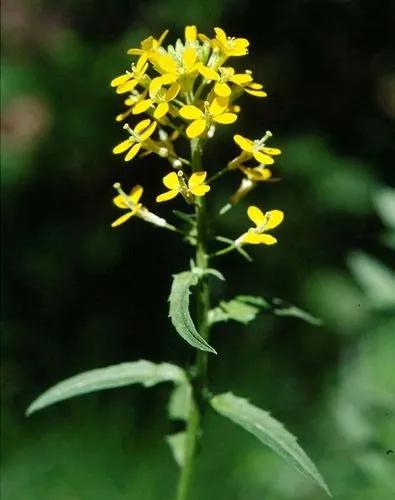These plants can reach up to a height of 10 - 25 cm. The biological form is scaposa terophyta (T scap), ie in general they are herbaceous plants that differ from other biological forms because, being annual they overcome the adverse season in the form of seed and are provided with an erect and often leafless flower axis.
Venus'S Looking Glass Care
Legousia hybrida



One rather uncommon and particularly attractive little plant that I found then was quaintly named Venus's Looking-glass. A plant of light, calcareous soils in Southern and Eastern England, it is a member of the Bellflower family. It rarely grows more than six inches high, bears stalkless, wavy edged leaves and from May to August produces a loose cluster of small, reddish-purple to lilac flowers, each about 10mm in diameter, which open only in sunlight. The five lobes of the corolla tube (they are not separate petals) alternate with the long, narrow sepals of an outer calyx ring. The flowers sit atop an elongated, three-angled ovary which, after fertilisation, develops into a seed capsule. When ripe the pale brown, oval seeds have a highly polished appearance - like bronze mirrors of the goddess from whom the plant takes its name.
How to get rid of:
. I have not seen it on the Down for many years and I fear it may now be extinct there - a victim of an otherwise very successful conservation policy! Should you come across the plant I would be most grateful if you would let me know.
How to Care for the Plant

Popularity

4,093 people already have this plant 540 people have added this plant to their wishlists
Discover more plants with the list below
Popular articles






